|
I'm guessing if you're reading this post, you like the Doodle & Flow process enough to invest in fancier doodling supplies - or, like me, you have an art supply addiction. Either way, this is fantastic news. Congratulations!
Let me keep this brief. I use three main things in my practice: silky smooth marker paper, pigment-based black markers, and colorful watercolor markers. I also carry my markers in a neat little case and sometimes use Avery labels to cover up my mistakes. Paper: Spiral bound, smooth, thick, perfectly white pages I have tried dozens of types of paper and I will write a review about the pros and cons of all of them at some point, but I like spiral bound blank sketchbooks when I draw with markers. I like them because I am often doodling on my lap and I never know how to manage the other side of the sketchbook if it is hard bound. I also like thick, smooth, perfectly white paper. I like thick paper so my markers don't "ghost" or show up on the next page. I like smooth paper because it uses less marker ink. I like perfectly white paper so I can use labels to cover up my mistakes. My favorites:
Black Markers: Pigment-based twin tips I wrote a whole blog post about my marker trials. I bought dozens of markers and tried them all! You can check my review here and my recommendation here. Briefly, I settled on Uchida Pigment-based Artist Markers. I like them because they dry fast, don't smear, and (most importantly) don't smell toxic to me. I also like that they have two nibs - skinny and thick. I don't like that they are expensive and seem to run out of ink really fast. Colorful Markers: Water-based brush tips I go back and forth between Tombow Dual Brush Pens and Neuland Fine Liners (brush tip). I like the dual tip feature because I mostly use my colorful markers for coloring, but occasionally I use the fine nib to write text. I like the water-based ink because it isn't toxic. If I am traveling and can't find Tombow markers, I will sometimes buy the generic Artist Loft version from Michaels. I don't like them quite as well because they aren't as juicy as the Tombow markers, but they work in a pinch. They are also a tiny bit shorter so they fit in smaller pen cases. Avery Labels: The littlest ones I also use sticky labels - the white ones you use to put on envelopes for mailing - to cover up my mistakes. My two favorite sizes for Doodle & Flow are 60 and 80 labels to a page.
0 Comments
Visual notes help a listener remember what a speaker says and also seem to help an audience track the flow of a presentation (more on this in an online workshop I am developing now). Drawing visual notes is a first step to developing a visual practice. When people see me work live, they often ask what materials I use for visual note-taking and graphic facilitation. This is a quick resource for people getting started with visual notes. I love taking visual notes in a sketchbook or journal while I watch TED talks online, listen to live lectures, or have coffee with friends. I typically write text and draw doodles in black marker and then add splashes of color here and there. My style and materials are constantly evolving as I gain practice and learn what works, but this is what I am doing now. Black outlines. I go back and forth between several black markers. I haven't found the best ink-nib combination, so I oscillate among four types of markers.
CHARACTERISTICS OF THE PERFECT PEN
Smearability. I like to draw black outlines and then quickly add shadows and color fills. Because I like to work quickly, the black outlines are not always dry when I add color. If I add yellow on top of black, I can sometimes get some wicked smears that make everything look murky. There are several types of black markers, but a few common ones are alcohol-based ink, water-based ink, and pigment ink. My experience is that the alcohol-based ink (i.e. Sharpie, Bic Marking Pen, Prismacolor, Copic markers) smear the least, water-based markers smear the most, and pigment-based markers are in the middle. I did an extensive black pen test to find the least smeary black marker. Toxicity. While the alcohol-based markers are fantastic in the variety of nibs and non-smear categories, they are terribly stinky and feel toxic to me. They also bleed through the page. I occasionally use Sharpies to draw sketch notes, but not often because they make me nauseous after about 15 minutes. I gave all of my Prismacolor markers away because I couldn’t even tolerate them for 10 minutes. If you can tolerate the stink (or work in a well-ventilated space), graphic designers and illustrators LOVE Copics and Prismacolor markers. Sustainability. Most markers are disposable. You throw them away when they run low. Some markers are refillable, but these are rare. Water-based markers are probably the most environmentally friendly option because they are non-toxic. The downside of water-based inks is that they are not as archival as other markers (they fade in sunlight). Cost. If you are drawing sketch notes, you probably won’t go through markers so fast that cost is going to be a big issue. I draw about 50 square feet of sketch notes each month and I go through about 1 black marker and 1 color marker each month (on average). However, if you draw a lot of large wall charts, it adds up. You can shop around to find the best deals on markers and pens (because different places have different sales at different times). I buy markers at my local art stores and also shop at DickBlick.com JetPens.com Neuland.com and Amazon.com. PERFECT PEN RECOMMENDATIONS: WALL CHARTS Black outlines. My go-to markers for black lines on wall charts are Neuland Outliners. Period. They are just amazing markers. I love that they are refillable and non-toxic and don't smear. Honestly, I do not know how they do it, but the Outliner ink is amazing. It reminds me of India Ink (and may be!).
Colorful markers. I alternate among a few types of markers for wall charts, but will only discuss a few here. If you don't want to order fancy markers, you can get a lot done with three types of water-based markers that are available at most office supply stores: Crayola Multicultural Markers (for coloring people), Sharpie Flip Chart Markers, and Mr. Sketch (a.k.a. smelly markers). The Sharpies and Mr. Sketch are easy to find in bullet nibs, but search for chisel nibs because I have seen them.
Everyone has personal preferences when it comes to art and office supplies. Try a few things out and let me know how it goes!
|
Details
Categories
All
Angie B. Moline
Dr. Moline is an ecologist and visual process facilitator who draws pictures to help clients think. She is currently on a quest to understand why live drawings are so compelling and how to make them as sticky as possible in order to improve communication, understanding, and memory. Follow here journey here! |
strategy
innovation
Communication
Clients & Case Studies
philanthropy
ABOUT US
|
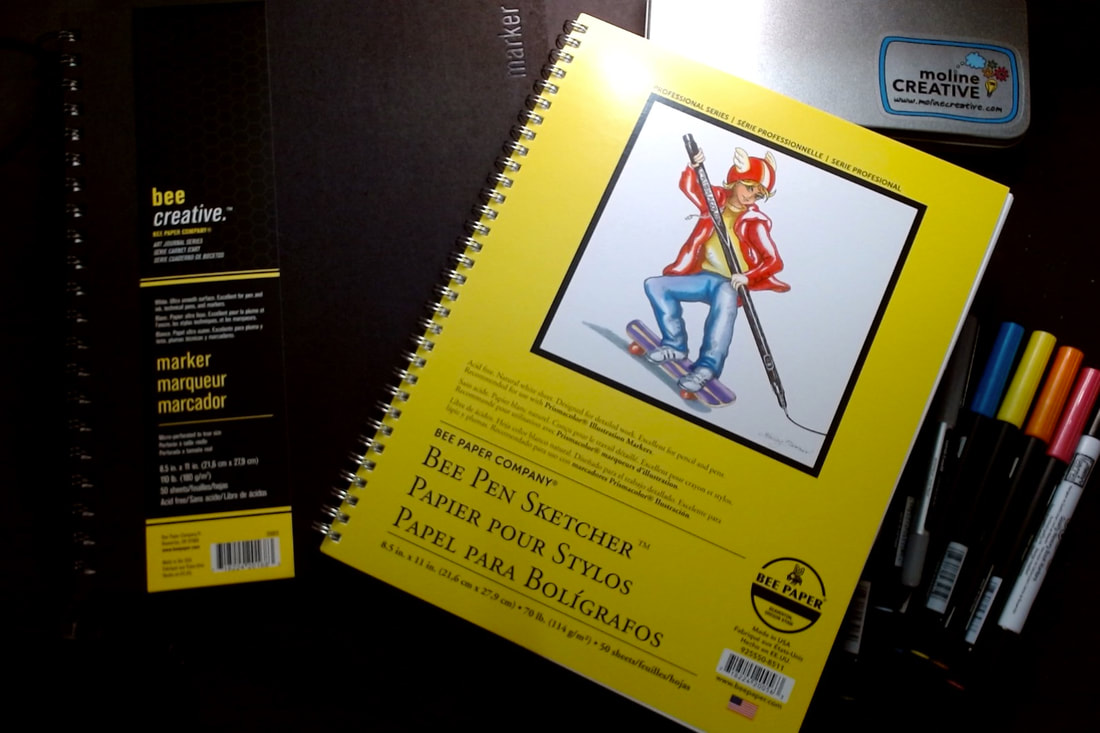
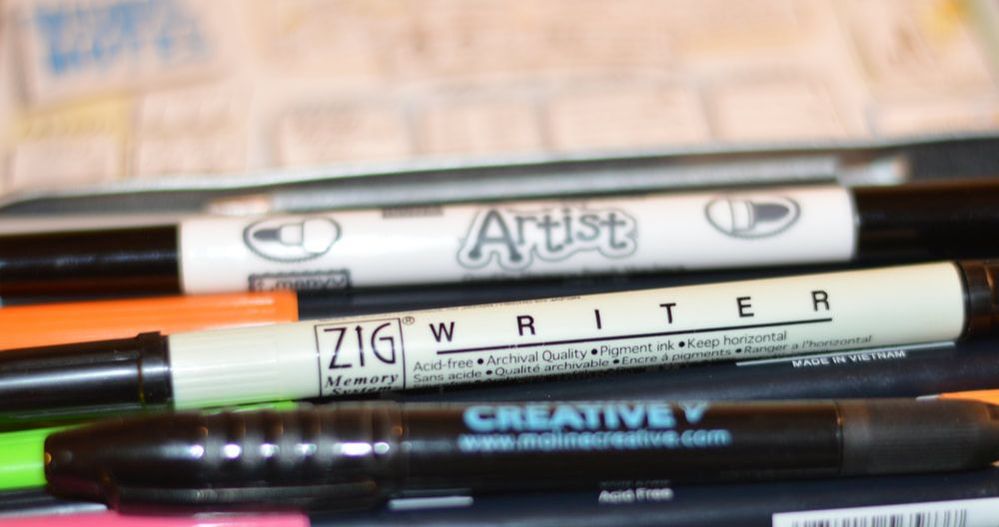
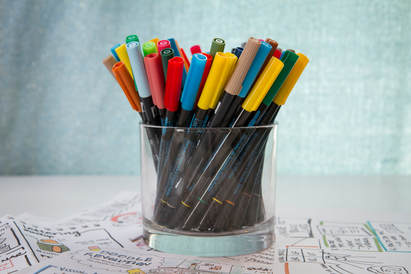
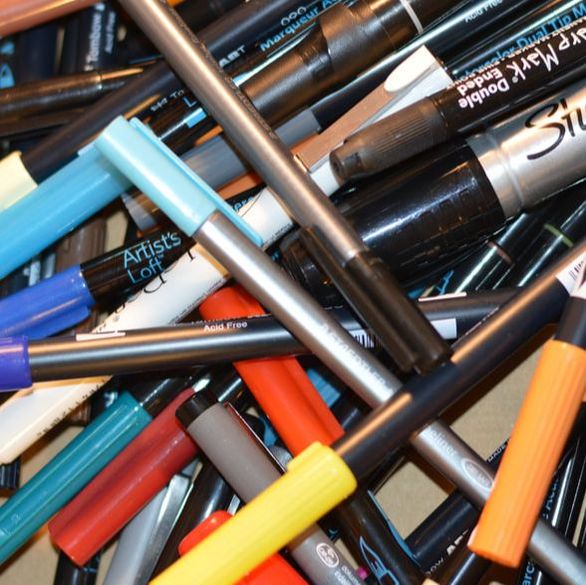
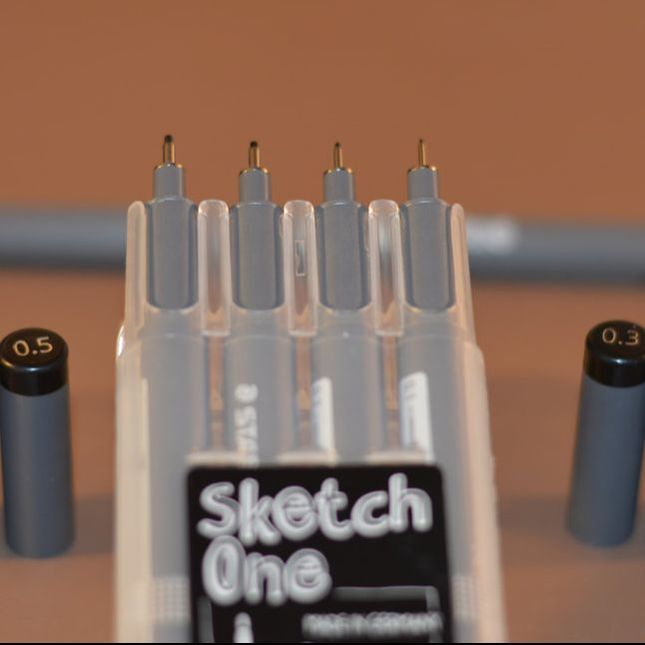
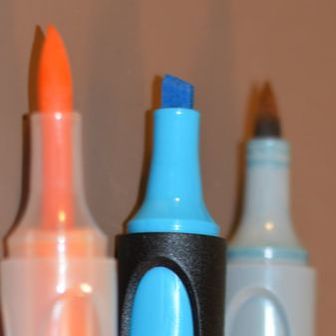
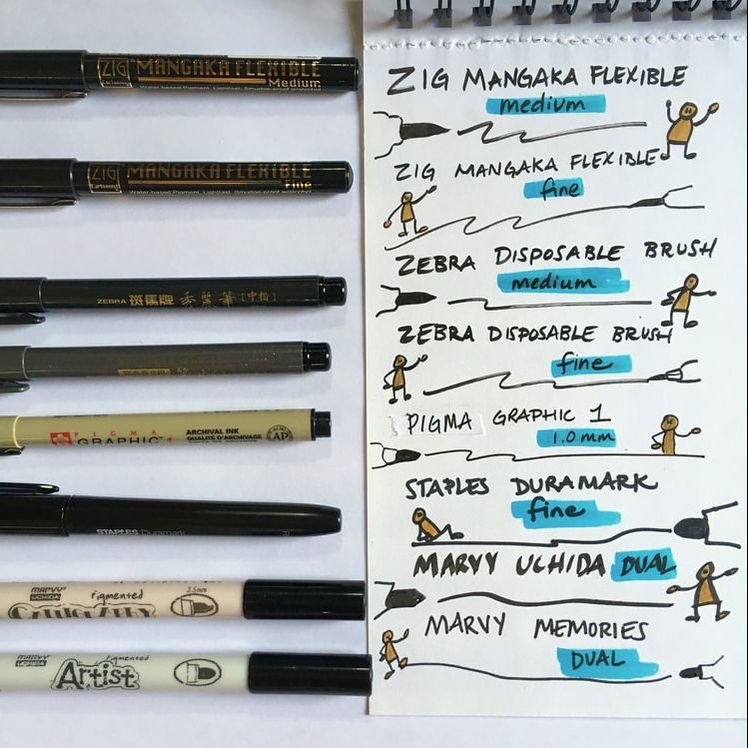
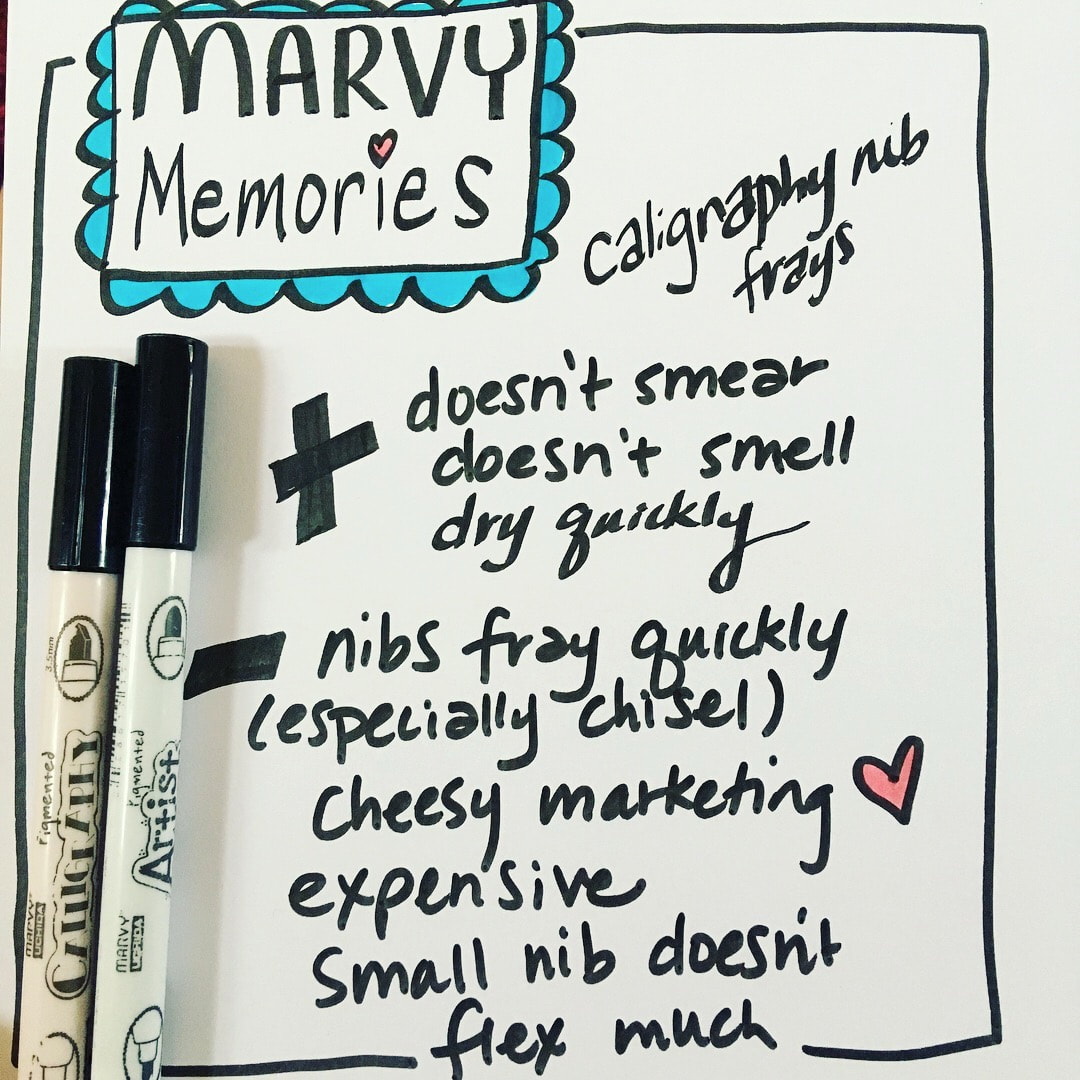
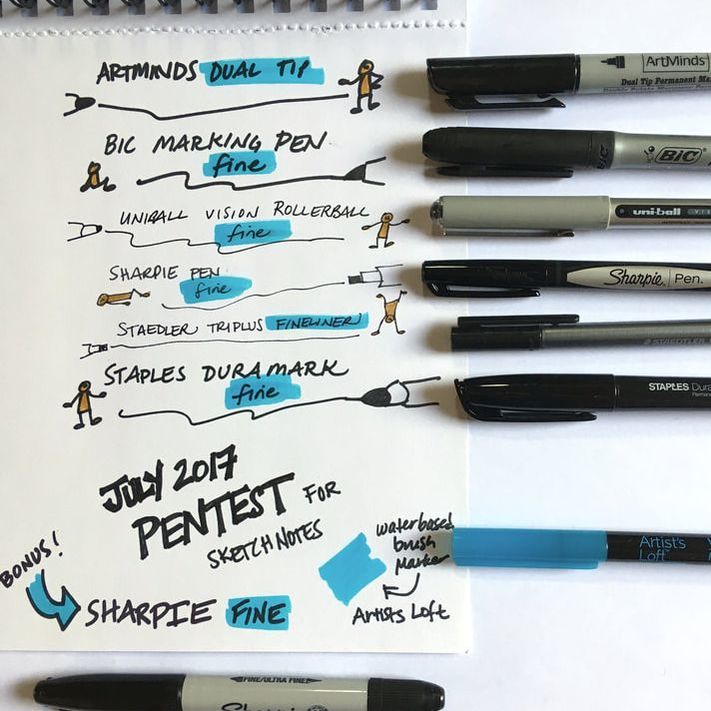


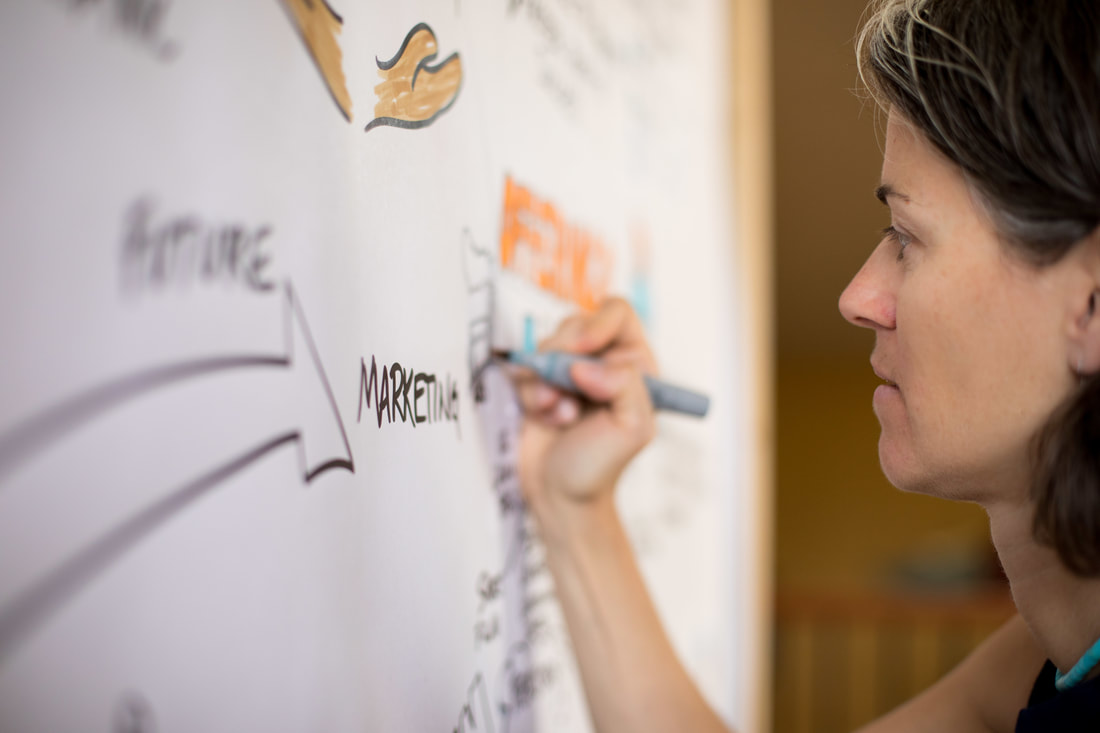
 RSS Feed
RSS Feed




